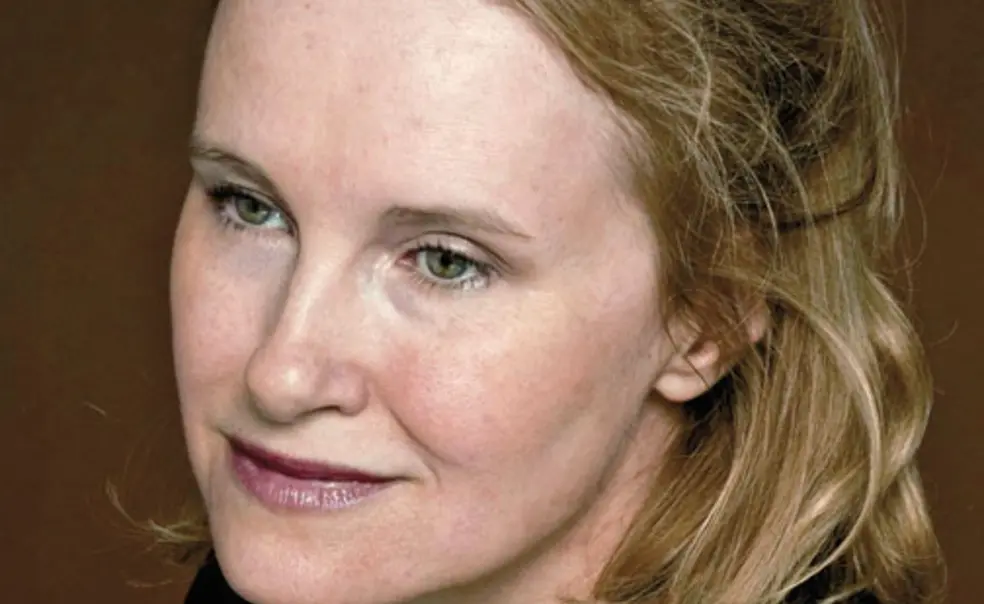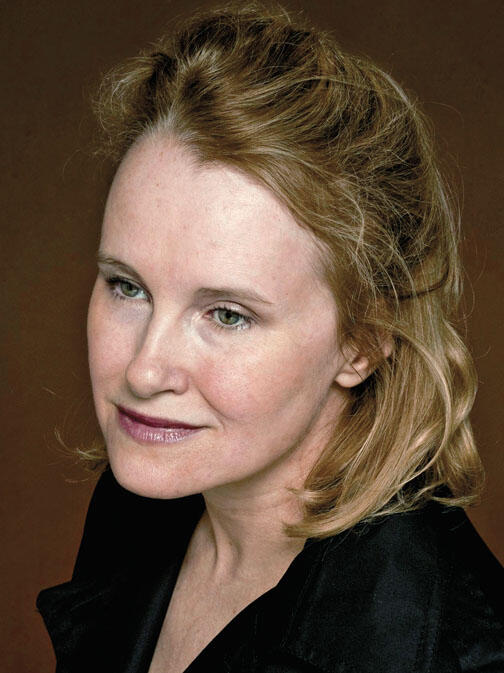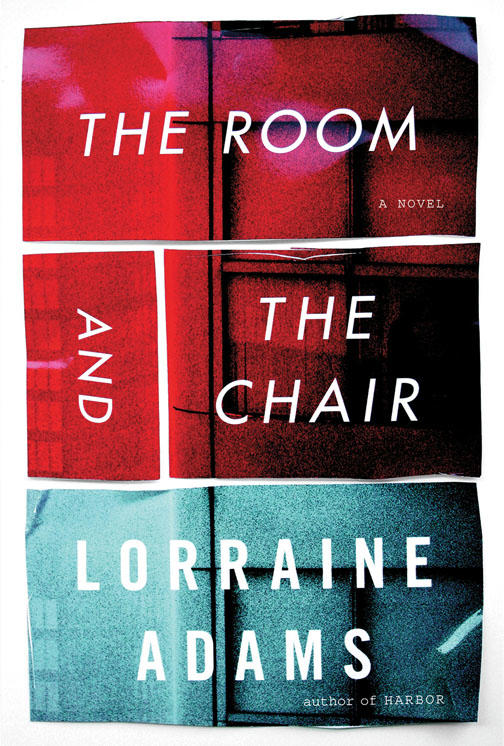While an investigative reporter for The Washington Post, Lorraine Adams ’81 covered a group of Algerians who had stowed away to the United States. The Post published a number of the stories she wrote about the men, but decided that a magazine piece should not include one of the young Algerians, who had been suspected of consorting with terrorists.
Adams couldn’t let go of the story, left The Post after 11 years working for it, and started writing her first novel — Harbor, published in 2004 — in which the main character, Aziz, is modeled after that young Algerian. In the novel, it’s never clear whether Aziz is a terrorist.
“This was a case in which journalism and nonfiction really were inadequate to tell the complexity and ambiguity” of people’s lives, says Adams, who won a Pulitzer Prize for investigative reporting in 1992 for a series on civil-rights violations by Texas law-enforcement officials. Nonfiction, she argues, is not always truer than fiction — it’s just another method of getting at reality.
Adams again draws on her experience as a reporter for her second novel, The Room and the Chair, published by Knopf in February.
Set in part in the Washington, D.C., newsroom of the Washington Spectator, the novel opens with a mysterious crash of a plane flown by a female fighter pilot into the Potomac River. The pilot — Mary Goodwin, who has a dark family past — survives but never learns the reason for her Viper’s malfunction. The novel weaves together the stories of Goodwin; a gutsy rookie reporter, Vera Hastings; and Will Holmes, “the chair,” a military intelligence officer who knows something about the crash.
The novel looks at the lives of the reporters and editors and the workings of the newsroom — what gets editors’ attention and what motivates them, how intelligence reports and information are funneled to journalists — and the difficult life of intelligence officers like Holmes, who is on the trail of an Iranian nuclear scientist.
In reporting this novel, Adams followed a military intelligence officer who served as the model for Holmes and traveled to Iran, Afghanistan, Pakistan, and Dubai. Because she talked to people as a novelist and not as a journalist, she feels people gave her a different type of information. “The reality that journalism creates is a reality based on what officials say and what people say to people who identify themselves as journalists,” says Adams.
In one of the final scenes of the novel, the editors decide not to publish Hastings’ report on the crash and the links to Holmes. Their decision has more to do with personal situations — who is sleeping with whom and who is higher in the pecking order — than ideology or the veracity of the reporting.














No responses yet